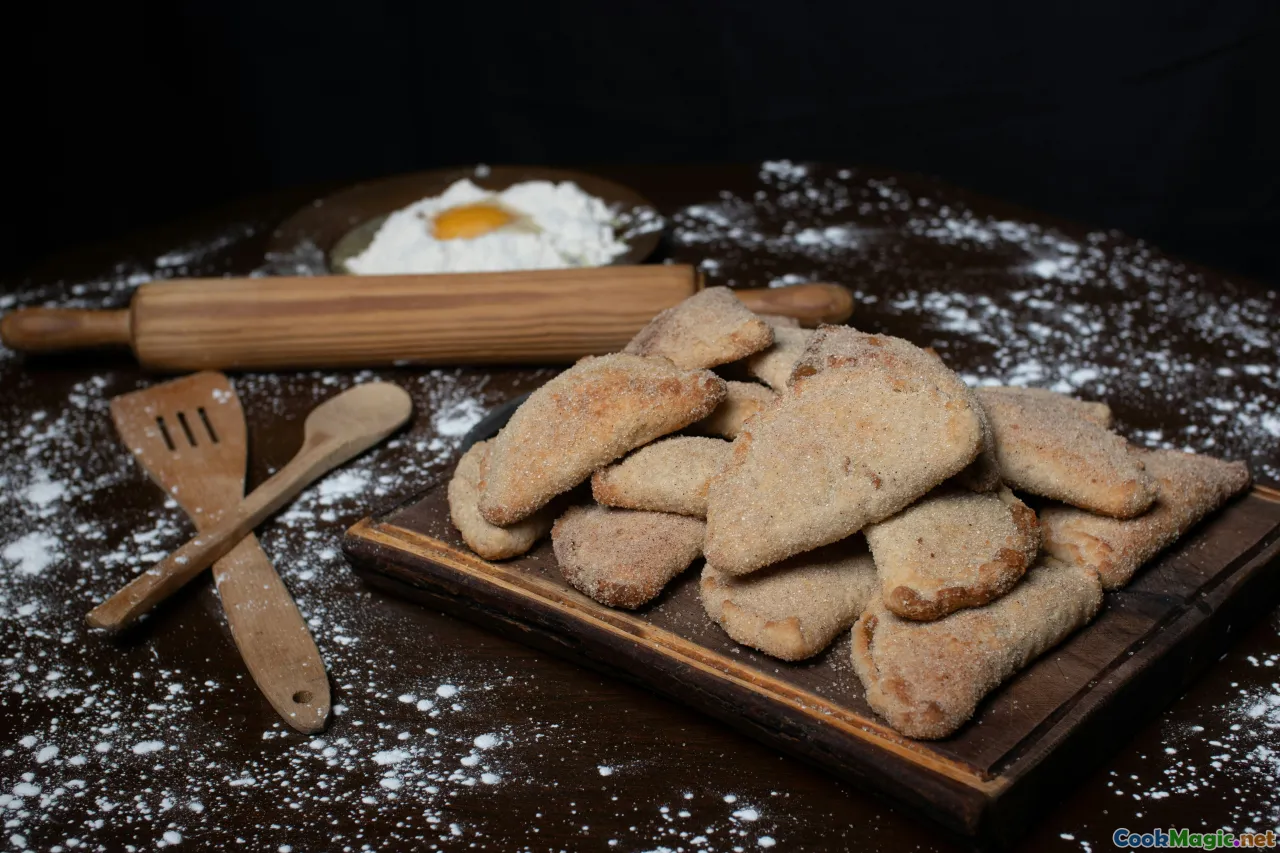Understanding French Sablé Cookie Traditions
5 min read Explore the rich history and cultural significance of French Sablé cookies in traditional pastry craftsmanship. July 04, 2025 00:05
Understanding French Sablé Cookie Traditions
The aroma of freshly baked cookies wafting from a Provençal kitchen, the delicate snap of a perfectly crisp biscuit, the gentle melting sweetness on the tongue—these sensory experiences embody the timeless charm of French sablé cookies. Rooted in centuries of culinary tradition, sablés have come to symbolize not just a pastry but a cultural thesis on craftsmanship, regional identity, and familial warmth. As a culinary writer fascinated by France’s bakery heritage, I invite you to journey through the history, techniques, and cultural significance of these iconic cookies, revealing why they remain an enduring symbol of French sweetness.

The Origins and Historical Roots of Sablé Cookies
Few French confections carry the whisper of history quite like the sablé. Emerging from the romantic culinary tapestry of 18th-century France, particularly from the Normandy region, sablés (meaning “sandy” in French) earned their name through their granular, sugar-cast texture reminiscent of beach sand. The earliest versions of these cookies date back to the aristocratic salons of Paris and Rouen, where refined pastry chefs sought to balance simplicity with elegance.
Sablés owe their initial popularity to the regions rich in butter and cream—Normandy in particular, which has long been celebrated for its dairy products. The traditional recipe employed local butter, flour, and sugar, employing a technique that emphasized minimal handling, thus preserving the delicate crumbly texture that remains a hallmark today.
During periods of political upheaval and social change, such as the French Revolution, sablés retained their status as a symbol of comfort and domestic artistry. They transitioned from luxury items into everyday treats, evolving into regional specialties with unique local flavors and additions—like almond flour in Brittany or chocolate dusting in Lyon. Over generations, sablés have woven themselves into French cultural fabric, often gracing the tables of family gatherings, holidays, and afternoon teas.

The Anatomy of a Classic Sablé
Understanding the magic of sablé lies in its meticulous ingredients and method. At its core, a traditional French sablé is a simple yet complex interplay of buttery richness, tender flour, and a fine grain of sugar.
Ingredients and Their Importance
- Butter: High-quality European butter, preferably cultured, provides a deep, slightly tangy flavor that enriches the cookie. Its fat content ensures a tender crumb and flakiness.
- Sugar: Fine granulated sugar or caster sugar dissolves seamlessly, contributing to the cookie’s sandy texture. Some variations incorporate powdered sugar for a silkier finish.
- Flour: Traditionally, all-purpose flour works wonderfully, but for a more refined texture, some recipes use pastry flour or add a touch of almond flour.
- Eggs: An optional binding agent that grants structure and a subtle moisture balance.
- Flavorings: Vanilla extract, lemon zest, or lavender flowers add nuances that engage the senses.
Technique and Texture
The hallmark of a sablé is its short, crumbly texture. Achieved by employing a









